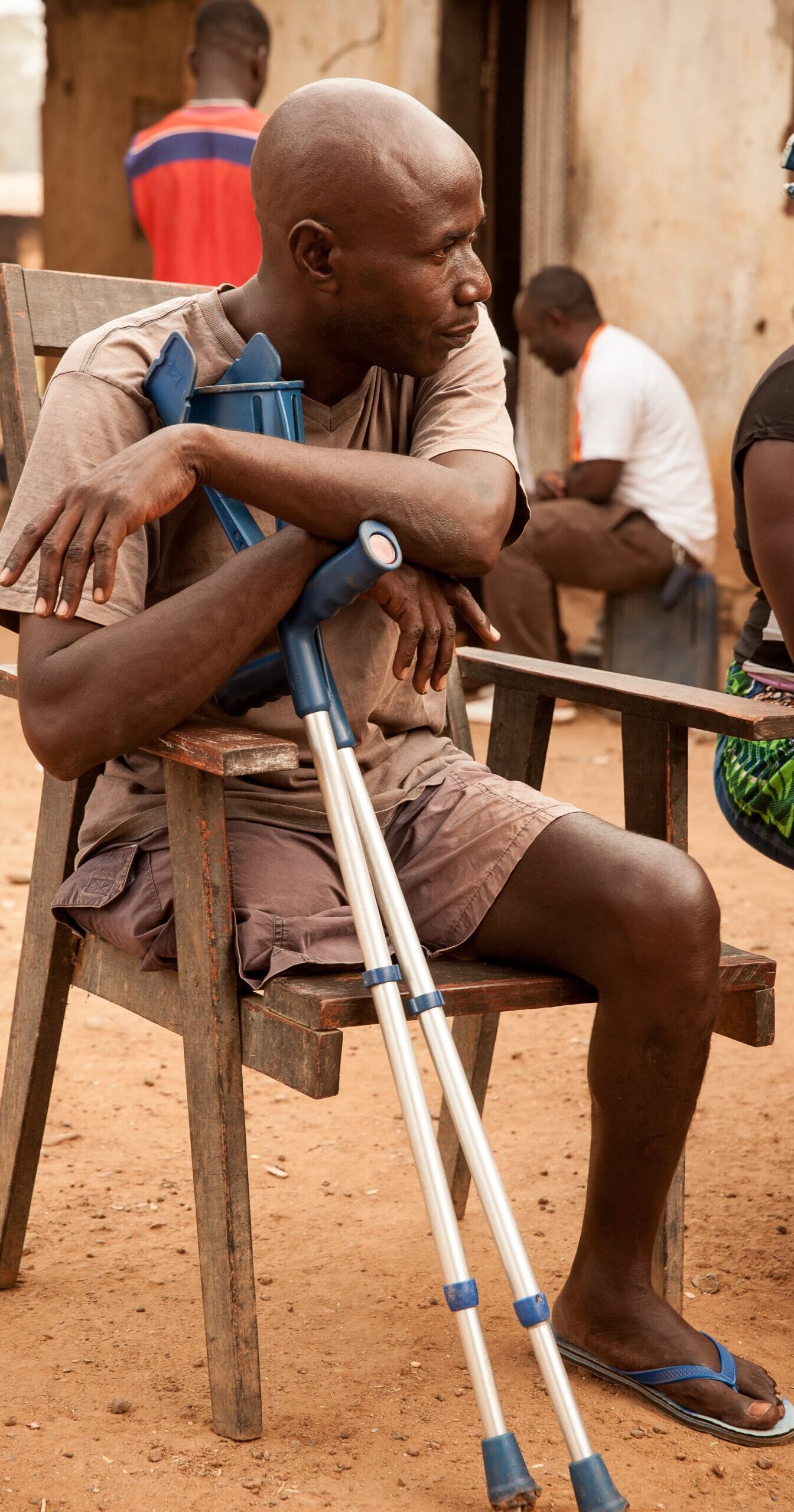Disability Rights

Langue des signes LSF

About Disabilities And Development
Copyright CBM/argum/einberger
The aim of the UN Convention on the Rights of Persons with Disabilities (CRPD) is that all people with disabilities should be able to participate in all areas of life. The CRPD recognises people with disabilities as active subjects, capable of claiming their rights and making decisions about their lives based on their free and informed consent.
The CRPD is based on a broad understanding of disability. While the concerns of people with disabilities were previously perceived medically, the focus is now on promoting, protecting, and ensuring the full enjoyment of all human rights by persons with disabilities. Article 3 of the CRPD delineates the guiding principles that underlie the Convention:
- Respect for inherent dignity, individual autonomy including the freedom to make one’s own choices, and independence of persons
- Non-discrimination
- Full and effective participation and inclusion in society
- Respect for difference and acceptance of persons with disabilities as part of human diversity and humanity
- Equality of opportunity
- Accessibility
- Equality between men and women
- Respect for the evolving capacities of children with disabilities and respect for the right of children with disabilities to preserve their identities.
For the first time, a human rights convention contains an article on situations of risk and humanitarian emergencies (Art. 11) and international cooperation (Art. 32). The two articles demand that all measures must actively include people with disabilities.
Significantly, Article 32 of the CRPD specifically focuses on international cooperation and recognizes the responsibility of countries that have ratified the convention to include people with a disability in their international development efforts. Additionally, Article 11 of the CRPD specifies countries’ obligations under international humanitarian law to ensure the protection and safety of persons with disabilities in situations of risk including armed conflict, humanitarian emergencies and natural disasters. Both of these Articles direct attention to the concerns and contributions of people with a disability within a country’s international cooperation efforts, demanding that nation states undertake ‘appropriate and effective measures between and among States and, as appropriate, in partnership with relevant international and regional organisations and civil society; in particular with organisations of persons with a disability’.
Switzerland ratified the CRPD in May 2014. This means that Switzerland is legally bound to implement the Convention and must report on its progress to the United Nations Committee on the Rights of Persons with Disabilities on a periodic basis. The first review of Switzerland took place in March 2022. See the Concluding Observations received by Switzerland from the Committee here.
The UN CRPD, which was adopted in 2006 and came into force in 2008, has so far been ratified by 177 states (as of April 2018).
The 2030 Agenda for Sustainable Development was adopted in September 2015. It includes 17 goals for sustainable development and is guided by the core principles of “Leave No One Behind” and “reach the furthest behind first”. There are 11 explicit references to persons with disabilities.
While the 2030 Agenda is not legally binding, over 90% of the Agenda’s goals are binding under international law (e.g. through international human rights treaties including the CRPD). The guide for a fully inclusive implementation of the 2030 Agenda for persons with disabilities is therefore the CRPD.
Particularly significant goals for the rights of persons with disabilities are:
- No poverty (Goal 1)
- Zero hunger (Goal 2)
- Good health and well-being (Goal 5)
- Clean water and sanitation (Goal 6)
- Decent work and economic growth (Goal 8)
- Industry, innovation and infrastructure (Goal 9)
- Reduced inequalities (Goal 10)
- Sustainable cities and communities (Goal 11)
- Peace, justice and strong institutions (Goal 16)
- Partnership for the goals (Goal 17)
Persons with disabilities are explicitly referred to in goals 4, 8, 10, 11 and 17, and indirectly in the others through the wording ‘inclusive’ and ‘for all’.
